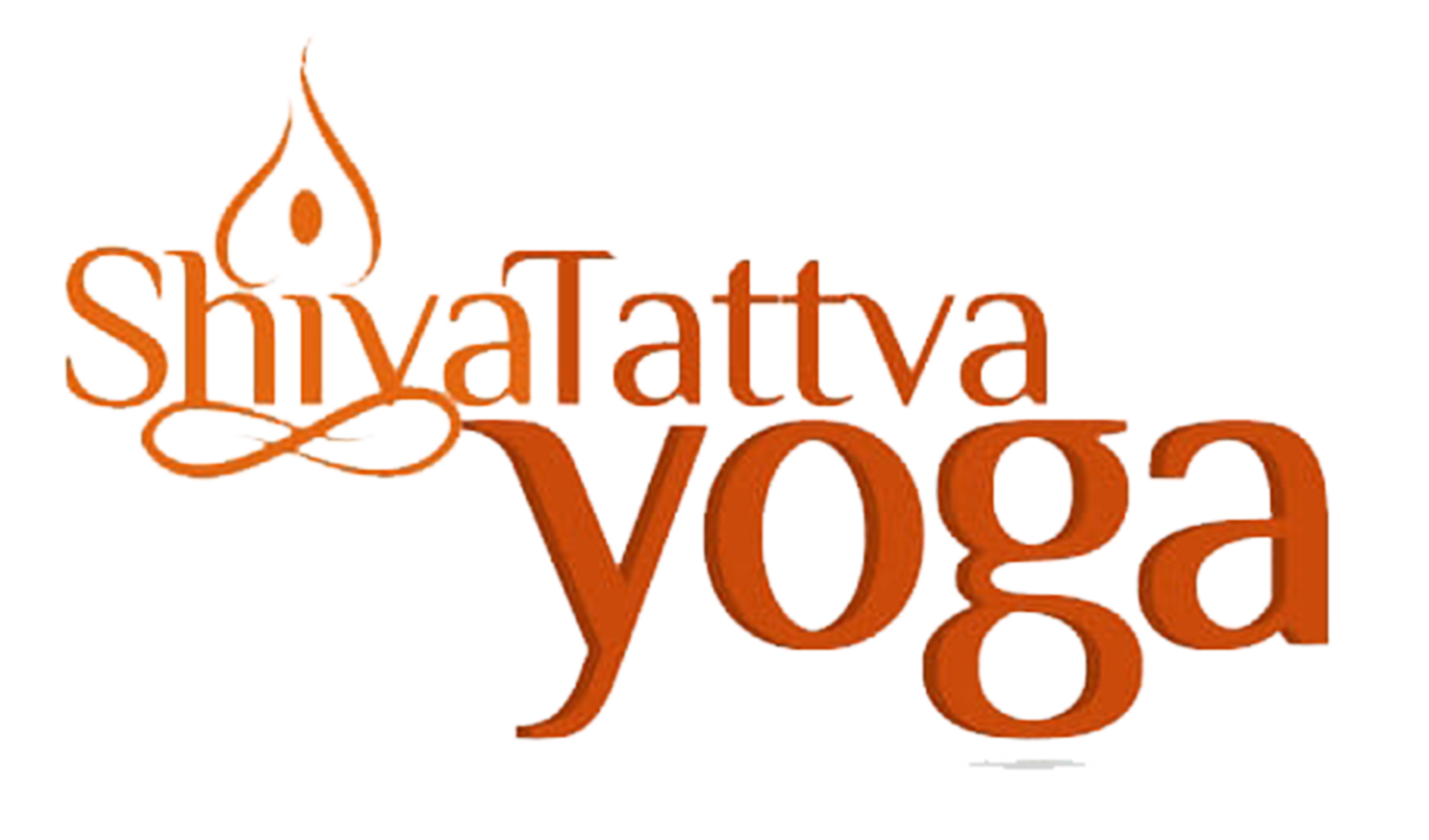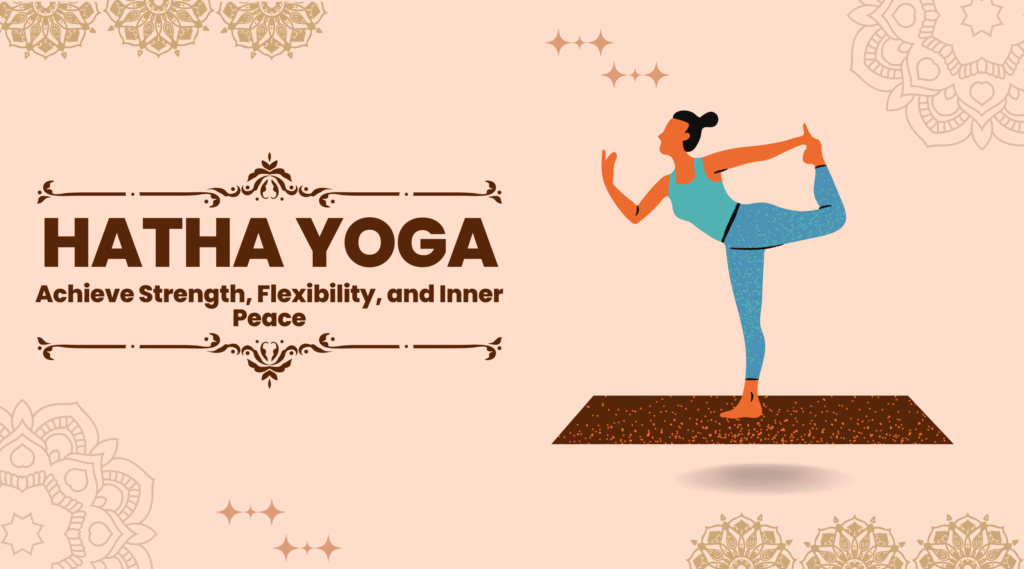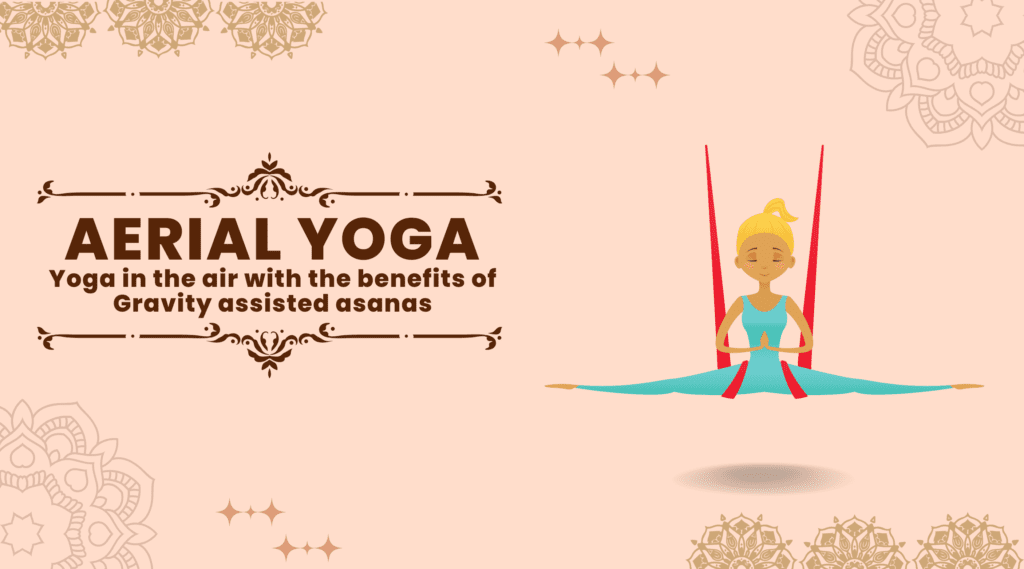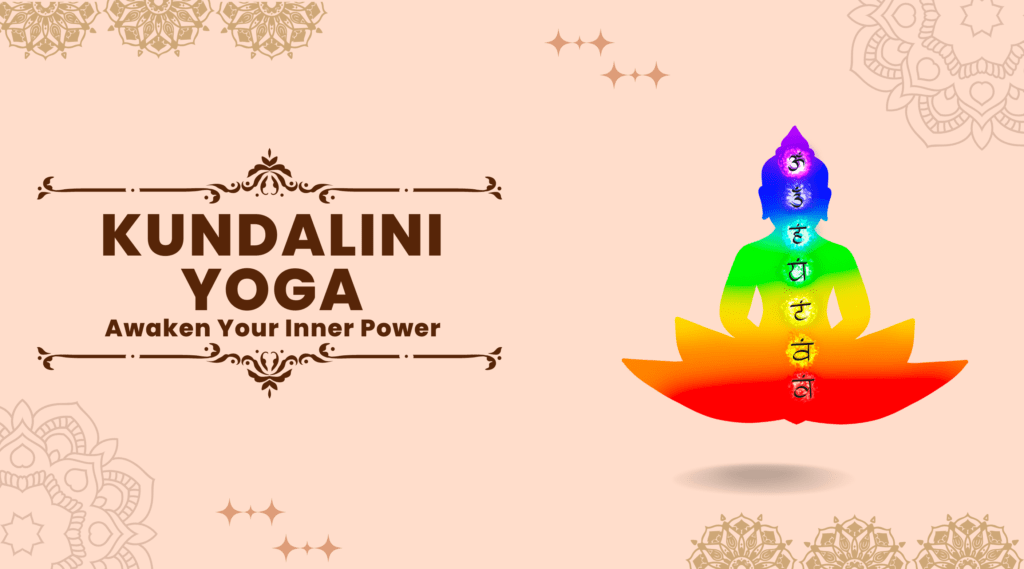Right Nostril Breathing: Balancing Energy and Promoting Relaxation
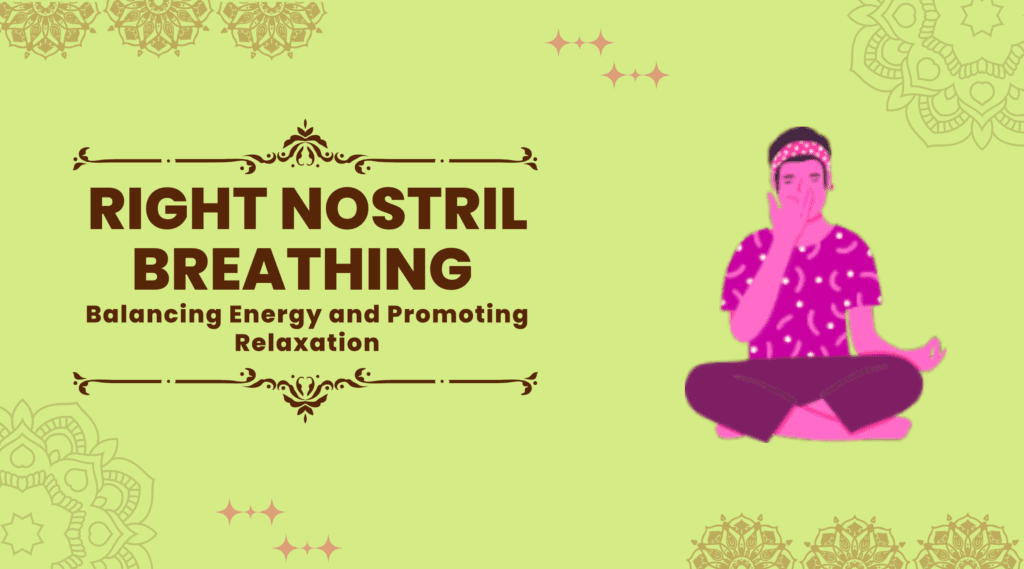
Introduction
Right nostril breathing is also known as Surya Bhedi Prananyama. It is a type of yogic breathing technique. It involves inhaling and exhaling through the right nostril while closing the left nostril with the fingers.
The concept of this type of breathing (pranayama) involves the idea that our breath is connected to our nervous system. According to the idea, both left and right nostrils relate to the two main branches of our autonomic nervous system. The left nostril is pertaining to the parasympathetic nervous system. This is responsible for the body’s rest and digest responses. On the other hand, the right nostril is associated with the sympathetic nervous system. This is responsible for the body’s fight or flight responses.
Practising this pranayama can help to activate the sympathetic nervous system. Because of that, this pranayama increase energy levels, improve focus and concentration, as well as promote feelings of alertness and wakefulness. It can also help to balance the left and right hemispheres of the brain while promoting a sense of calm and relaxation.
Suggested: Best Yoga Retreats And Yoga Teacher Training In Rishikesh
History of Right Nostril Breathing
Right Nostril Breathing or Surya Bhedi Pranayama has been practised in India for thousands of years. According to the philosophy of yoga, the human body contains three main energy channels. These channels are also called nadis which run parallel to the spinal cord.
These nadis are Ida, Pingala, and Sushumna, and they both pertain to the left and right nostrils, respectively. The Ida nadi pertains to the lunar, or feminine, energy. While the Pingala nadi pertains to the solar, or masculine, energy. The Sushumna nadi is the central channel that connects the both Ida and Pingala Nadis. Sushumna is associated with the awakening of spiritual energy or Kundalini.
In yogic practice, right nostril breathing activates the Pingala nadi and promote the flow of solar energy in the body. This helps to increase energy levels, improve focus and concentration, as well as promotes a sense of alertness and wakefulness.
Right nostril breathing helps balance the left and right hemispheres of the brain. Hence, this can lead to improved cognitive function and a sense of mental clarity. Practitioners often use it as a preparatory practice for meditation as well as other forms of spiritual practice. It is good as a preparatory practice as it helps calm the mind and promote a state of inner peace.
Today, this pranayama is a common practice in yoga and meditation. In general, yogis use this as a tool for stress reduction, relaxation, and overall well-being. It has gained popularity in Western cultures as more people become interested in the benefits of mindfulness and holistic health practices.
Benefits of Right Nostril Breathing
Here are some of the potential benefits of practicing right nostril breathing as follows
- Balances the nervous system: This form of breathing helps balance the sympathetic and parasympathetic branches of the autonomic nervous system. Hence, it promotes a sense of calm and relaxation.
- Increases energy levels: By activating the sympathetic nervous system, this breathing increases energy levels as well as promote feelings of alertness and wakefulness.
- Improves cognitive function: This breathing helps balance the left and right hemispheres of the brain. And hence, it improves cognitive function and promote mental clarity.
- Reduces stress and anxiety: By promoting relaxation and calmness, it reduces stress and anxiety as well as helps manage symptoms of depression.
- Improves respiratory function: This breathing technique helps improve respiratory function by increasing lung capacity, improving oxygenation of the blood, and reducing respiratory rate.
- Regulates blood pressure: This helps regulate blood pressure by reducing stress and promoting relaxation.
- Enhances overall well-being: By promoting relaxation, reducing stress and improving cognitive function, this Surya Bhedan Pranayama enhances overall physical, mental, and also emotional well-being.
Steps to practise Right Nostril Breathing
You can follow these simple steps for practising right nostril breathing or suryabhedi pranayama:
- Find a comfortable seated position: Sit in a cross-legged position on the floor or a chair with your spine erect. You can also choose to lie down if that’s more comfortable for you.
- Relax your body: Close your eyes and take a few deep breaths to relax your body and calm your mind. Allow any tension or stress to melt away as you prepare for the breathing exercise.
- Position your hand: Lift your right hand and bring it up to your face. Fold your index and middle fingers toward your palm, leaving your thumb, ring finger, and little finger extended.
- Close your left nostril: Use your right thumb to gently close your left nostril by applying slight pressure to the side of the nostril. Your right nostril should remain open and unobstructed.
- Inhale through your right nostril: Take a slow, deep breath in through your right nostril. Allow the breath to flow smoothly and naturally, filling your lungs completely. Focus on the sensation of the breath as it enters your body.
- Close your right nostril: Once you’ve finished inhaling, release the pressure on your left nostril and simultaneously press your right ring finger against your right nostril to close it. Both nostrils should now be closed.
- Exhale through your left nostril: Slowly exhale through your left nostril, releasing the breath in a controlled and steady manner. Again, pay attention to the sensation of the breath as it leaves your body.
- Repeat the cycle: After completing the exhalation, keep your right nostril closed and inhale through your left nostril. Then close your left nostril, open your right nostril, and exhale through the right side. This completes one cycle.
- Continue the practice: Repeat the cycle of inhaling through the right nostril and exhaling through the left nostril, then inhaling through the left nostril and exhaling through the right nostril. Continue this alternating pattern for several minutes or as long as you feel comfortable.
- End the practice: When you’re ready to finish, complete the exhalation through your right nostril and then release your hand back to your lap. Take a few normal breaths and notice the effects of the practice on your body and mind.
Cautions while practising Right Nostril Breathing
While practising Right Nostril Breathing, it is essential to keep the following cautions in mind:
- Start slowly: If you’re new to pranayama or Right Nostril Breathing, start with a few minutes of practice and gradually increase the duration. Pushing yourself too hard or practising for an extended period right away may cause discomfort.
- Find a comfortable position: Sit in a comfortable and stable posture, such as cross-legged on the floor or on a chair with your spine erect. It’s important to be relaxed but alert during the practice.
- Nasal passage congestion: If you have a blocked or congested nostril due to a cold, sinusitis, or any other nasal condition, it may be challenging to practise Right Nostril Breathing. It is advisable to wait until your nasal passages are clear to avoid any discomfort or strain.
- Gentle breaths: Throughout the practice, maintain a gentle and smooth breath. Avoid forceful or excessive inhalations and exhalations, as it may create unnecessary strain on your respiratory system.
- Listen to your body: Pay attention to any signs of discomfort, dizziness, or shortness of breath. If you experience any discomfort, it is advisable to stop the practice and consult a healthcare professional if needed.
- Avoid breath retention (Kumbhaka): This Breathing technique typically involves inhaling through the right nostril, exhaling through the left nostril, and vice versa. However, one should avoid holding the breath (Kumbhaka) while practising Nadi Shodhana, especially if you are new to pranayama or have any respiratory conditions.
- Seek guidance: If you’re new to pranayama or have any underlying health conditions, it is always beneficial to learn and practice under the guidance of an experienced yoga teacher or practitioner. They can provide personalised instructions and address any concerns or questions you may have.
Conclusion
Right nostril breathing or Suryabhedi Pranayama is a simple yet powerful technique that can help to balance the nervous system, improve focus and concentration, and promote feelings of calm and relaxation. By practising this technique regularly, you may notice improvements in your overall well-being and quality of life.
Remember, we can learn pranayama practices best under the guidance of an experienced yoga teacher or practitioner, especially if you are new to these techniques or have underlying health concerns. Their expertise can ensure that you practise safely and effectively, addressing any questions or concerns you may have along the way.
We should practice this pranayama with awareness. Also, you must respect for your body’s limits while practising. Always keep the intention of promoting overall well-being. If you have any doubts or concerns, it’s best to consult a healthcare professional before incorporating any new breathing techniques into your routine.
Incorporating this Breathing technique into your routine can be a wonderful addition to your self-care practices. So, take a deep breath, embrace the practice of Right Nostril Breathing, and experience its transformative effects on your well-being.
You Can Also Read
